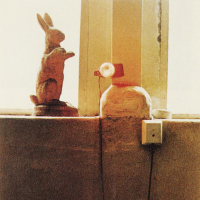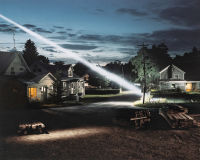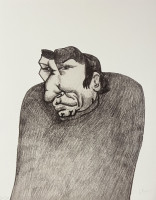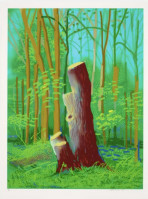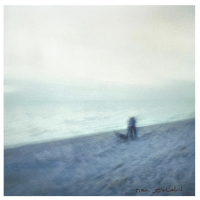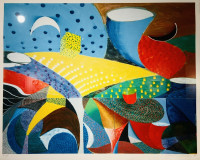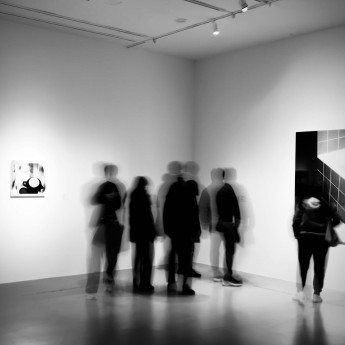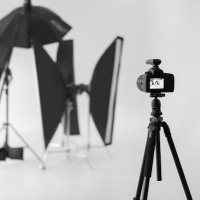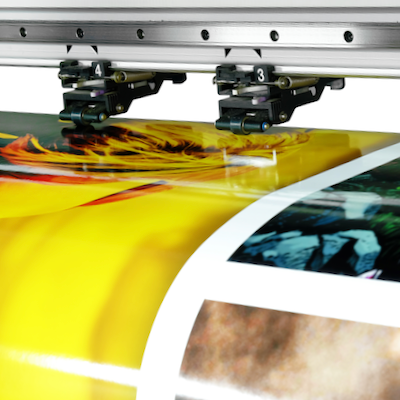
What is a Digital print on paper?
Digital print on paper refers to a digital image printed with archival-grade inks on high-quality, acid-free paper. This process ensures the print can last over twenty years if properly stored. The digital file allows for future prints to be made as needed.
Show All
- Show All
- Established
- Discoveries
A,B,C
ARTWORKS RELATED TO DIGITAL PRINT ON PAPER
David Hockney
The Arrival of Spring in Woldgate, East Yorkshire in 2011 - 24 April, 2011
Limited Edition Print
Digital Print on paper
Inquire For Price
David Hockney
Snails Space, March 25th, 1995
Limited Edition Print
Digital Print on paper
EUR 40,000
David Hockney
24th February 2021, Red, Yellow and Purple Flowers on a Blue Tablecloth, 2021
Limited Edition Print
Digital Print on paper
Inquire For Price
Tracey Emin
You Loved Me Like A Distant Star, 2016
Limited Edition Print
Digital Print on paper
GBP 4,800
Gerhard Richter
Seestück (bewölkt), 1969/2022
Limited Edition Print
Digital Print on paper
GBP 4,600
Gregory Crewdson
Untitled Document Shot , 2004
Photography
Digital Print on paper
Currently Not Available
Louise Lawler
Pollyanna (adjusted to fit, distorted for the times, more), 2018
Photography
Digital Print on paper
GBP 1,225
Helmut Newton
Helmut Newton's SUMO, 1999
Limited Edition Print
Digital Print on paper
Currently Not Available
Yoshitomo Nara
Miss Spring, 2021
Limited Edition Print
Digital Print on paper
Currently Not Available
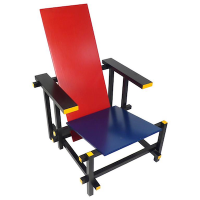
De Stijl, meaning The Style, was a group of Dutch artists who created abstract art based on strict adherence to vertical and horizontal geometry. The group was founded by Piet Mondrian and Theo van Doesburg in 1917. Mondrian eventually left De Stijl when Van Doesburg began incorporating diagonal geometry into his work, which Mondrian felt deviated from the group's principles.
